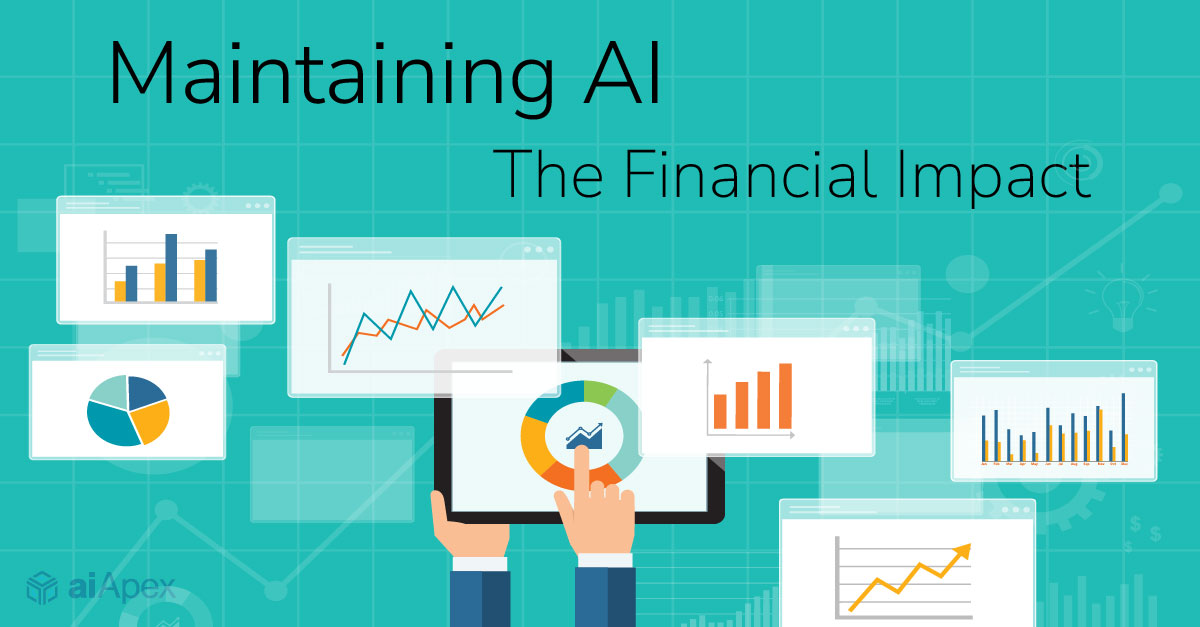
What Additional Costs Will Impact on Your It Budget to “Maintain” an AI Solution?
June 23, 2023
As we see more discussion about AI’s growth, utilization, and misuse from a personal, business, and technical perspective, we all know that this new innovative technology will be with us going forward.
Let’s assume your organization has developed and implemented a well-scoped AI-driven decision support system. It followed an acceptable development approach, and you engaged assistance from a third-party AI consulting and services firm.
The team had to analyze historical data and turn the requirements and data into a machine learning model that would meet the new decision support tool’s minimum requirements. As anticipated from a preliminary analysis, the team encountered data issues as the machine learning model was being designed, however, your team successfully collaborated with the future users to fill the data gaps.
You successfully completed the development and implementation phases including extensive testing with the user group, and the new decision support system was made available to its first group of users. So, how do you maintain this new system and what will be the impact on your IT budget?
There are unique aspects of an AI-driven decision support application that impact on-going IT costs, including:
• Correcting different types of errors in the AI’s responses and/or results
• Improving its reliability factor when making a prediction and providing information
• Providing additional factual knowledge to expand or improve the AI’s analysis (e.g., determining strengths/weaknesses or pros/cons)
• Adding/revising sets of criteria for analysis and evaluation
• Increasing its “experience” of predicted vs. actual outcomes by updating its machine learning models
• Access and security set-up for new users
• Monitoring uptime and performance
• Monitoring internal controls for required compliance such as data security
• User application support (e.g., AI Help Desk)
• Other typical costs with running and maintaining any application in your portfolio such as third-party vendor maintenance costs
You can probably surmise quickly from this list that there are these major categories of costs:
• Labor: AI specialists who have expertise in maintaining machine learning models
• Operations: Costs relating to: Access, security, audit, among others
• Maintenance & Support: Costs relating to: Maintenance of AI tools, platforms and other AI-specific components, and the level of telephone/on-online support contracted from third-party AI software and services providers (There will be other considerations driving this cost category such as when an AI-driven application is categorized as mission-critical)
As we become more experienced with operating these AI applications in production environments, the costs will become easier to identify and be driven by the typical aspects for estimating IT budget increases due to a new application going live. Probably the most significant new costs will be for AI specialists who will need to be upskilled from the current IT organization or hired to fill new AI-related positions in the IT organization.
If you’d like to discuss our perspectives, our responses to the above questions for your organization, and our approach to strategic Enterprise AI, please contact us using the form below or at [email protected].